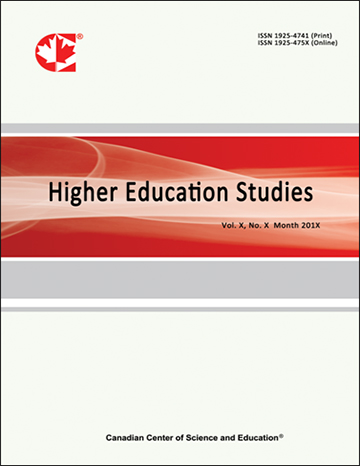Perceived Social Support in Recreational Activity Participation: A Study on Students
- Huseyin Gumus
- Ayse Asli Honca
- Turan Cetinkaya
Abstract
The purpose of this study is to examine university students’ perceived social support level in recreational activity participation. 536 students who were selected from 3 different universities using convenience sampling participated in the study voluntarily. As data collection form; Perceived Social Support Scale (PSSS-R) and Preference Factors of Recreation Areas (PFRA) scale were used. For the analyses of the data; descriptive statistics, Independent Samples T Test used for two groups depending on the number of the variables and One Way ANOVA used for groups more than two were used. In order to find out which group demonstrated the difference found as a result of variance analyses, Tukey test -one of the multiple comparison tests- was used. In terms of recreational activity participation, the most effective factor in students’ average scores of perceived social support scale was peer support (2.690±0.372) while the least effective factor was teacher support (2.033±0.535). Total average score was found to be 2.441±0.274. The most effective factor in students’ average scores of Recreation Area Preference Agents Scale was sporting diversity (4.448±0.776) and staff (4.128±0.681) and these factors were followed by physical facilities (3.736±0.562), location (3.185±0.647) and activity diversity (3.074±0.586); respectively. Besides, there were significant differences in perceived social support levels of the study group in terms of gender and accommodation variables. It was concluded that the highest support for students’ recreational activity participation came from their peers while the lowest support was obtained from teachers. It may be argued that students staying at public dormitories used recreational areas built by municipalities more than other students. It was identified that criterion that all the student groups put the biggest emphasis on while preferring recreation areas was sporting diversity offered by the recreation areas.
- Full Text:
 PDF
PDF
- DOI:10.5539/hes.v9n1p151
Index
- AcademicKeys
- CNKI Scholar
- Education Resources Information Center (ERIC)
- Elektronische Zeitschriftenbibliothek (EZB)
- EuroPub Database
- Excellence in Research for Australia (ERA)
- Google Scholar
- InfoBase
- JournalSeek
- Mendeley
- Open Access Journals Search Engine(OAJSE)
- Open policy finder
- Scilit
- Ulrich's
- WorldCat
Contact
- Sherry LinEditorial Assistant
- hes@ccsenet.org
